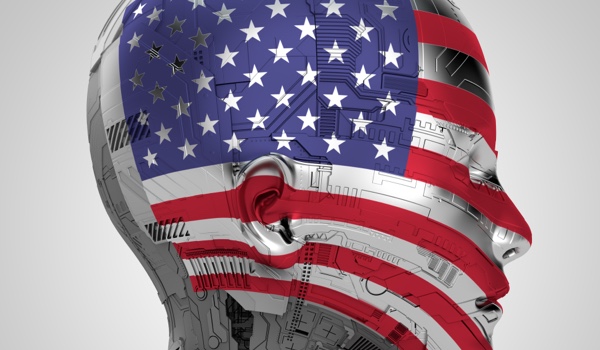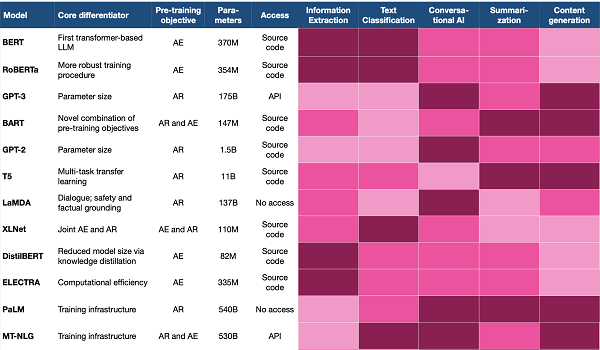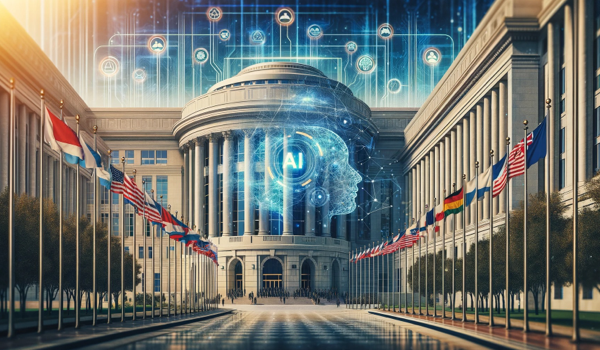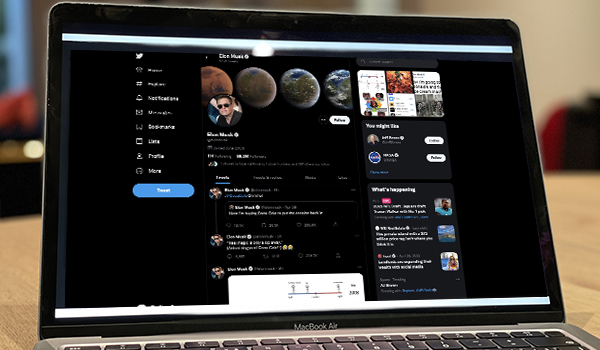


BOSTON - Artificial intelligence (AI) has been a top United States policy priority for many years and this has recently taken on added importance and urgency, especially as China continues to pour resources into AI-related research and development of its own and steadily narrow the gap with the US.
The COVID-19 pandemic has placed a severe strain on healthcare systems and providers, making it more important than ever to accelerate AI-led innovation in the healthcare sector, use AI technology to fight and contain the virus, and help mitigate the potential for similar outbreaks in the future.
Climate change is another crucial driver of AI innovation in the US, as the technology realizes huge benefits in better energy efficiency and allocation, reduction of waste and greenhouse gas emissions, improved infrastructure, and best use of new, cleaner energy. Though the US is still the leading AI power, in the coming years it will take even more effort, resources, investment in talent, and cross-industry coordination for the country to hold its edge.
Recent Government Policy
In February 2019, ex-US President Donald Trump launched the American AI Initiative and signed an executive order for ‘Maintaining American Leadership in AI,’ which identified several key areas of investment and greater spending on AI for 2021 and sought to set updated technical standards, regulations, and international agreements for AI. This national war chest for AI spending in 2021 included over US$830 million for AI research and development at the National Science Foundation (NSF), US$125 million for the Department of Energy’s Office of Science, US$100 million for the Department of Agriculture’s Agriculture and Food Research Initiative, US$50 million for the National Institutes of Health (NIH), US$459 million for the Defense Advanced Research Projects
The content herein is subject to copyright by The Yuan. All rights reserved. The content of the services is owned or licensed to The Yuan. Such content from The Yuan may be shared and reprinted but must clearly identify The Yuan as its original source. Content from a third-party copyright holder identified in the copyright notice contained in such third party’s content appearing in The Yuan must likewise be clearly labeled as such. Continue with Linkedin
Continue with Linkedin
 Continue with Google
Continue with Google








 1483 views
1483 views









